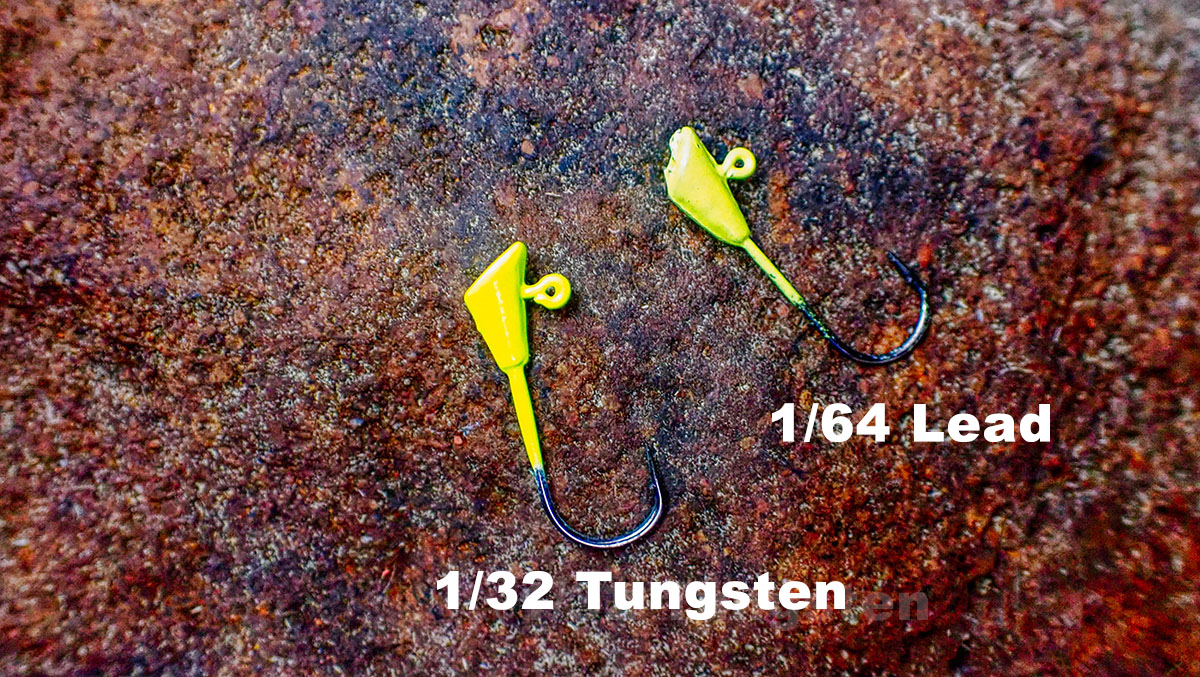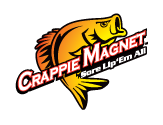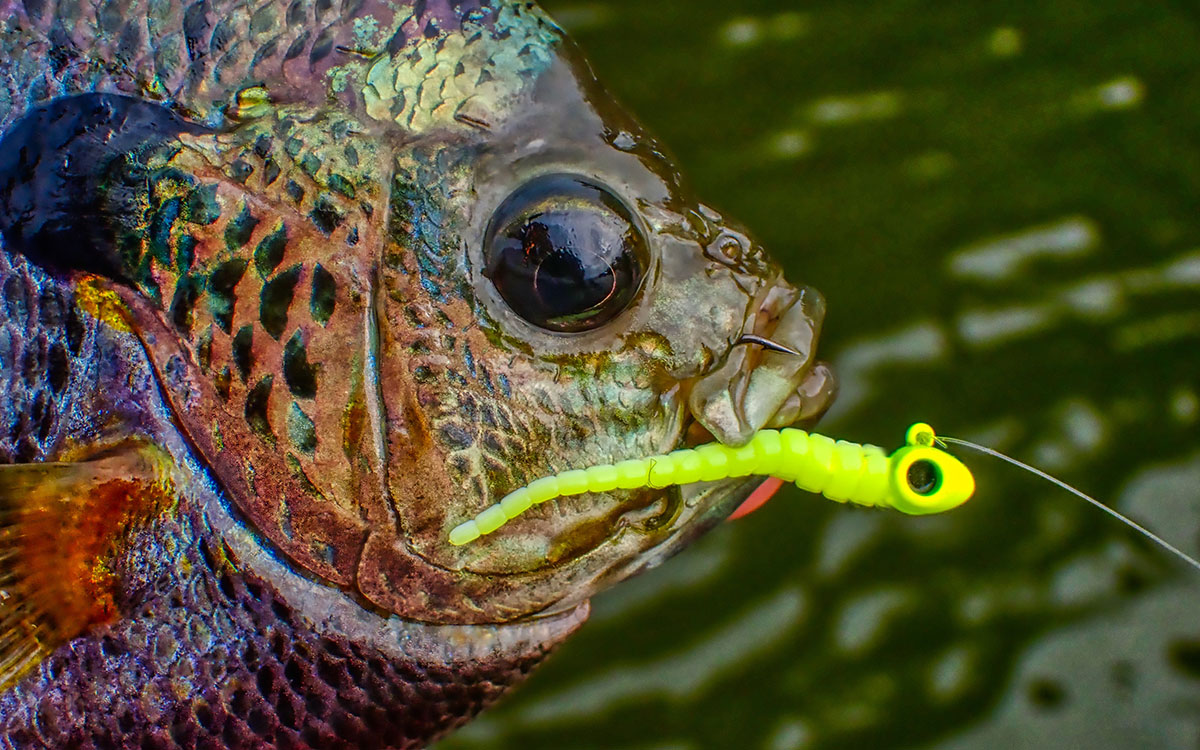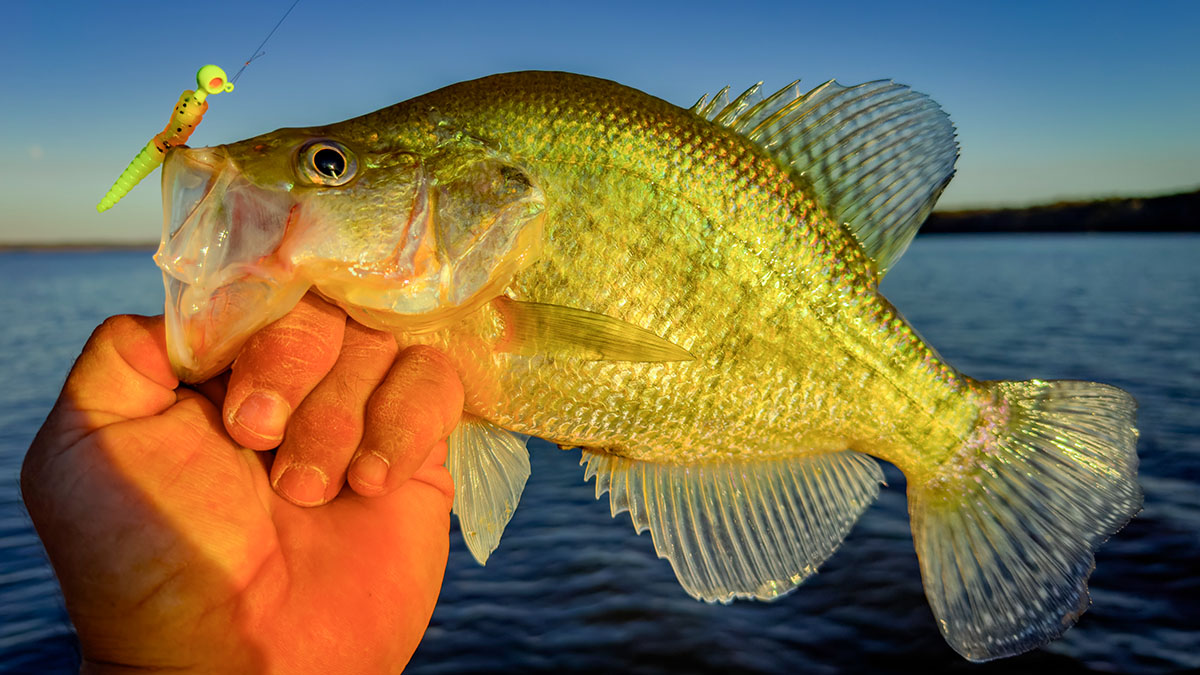Most of us watch our money carefully. Only a fool would not. So when a tungsten jighead rings up significantly higher than a lead jighead, it sets off alarm bells in our frugal brains. It is fair to ask, however: “What am I paying for?”
The short answer: the density of the material and the difficulty to create it. Both the material and the process vary greatly from lead — and those differences show up at the register, but more importantly on the water.
How tungsten varies from lead
Density (how heavy it is for its size)
Tungsten is ~19.25 g/cm³ — about 1.7 times denser than lead (~11.34 g/cm³). That’s why a 1/16-ounce tungsten head can be much smaller than a 1/16-ounce lead head. In other words: same weight, smaller/tighter package.
Melting point (how hot it must get to be formed)
Lead melts at about 327.5 °C (621 °F) — you can melt and cast it with relatively modest equipment. Tungsten doesn’t play that game: it melts at roughly 3,422 °C (6,192 °F) — the highest of any metal. You don’t “pour” tungsten like lead.
Workability (how it behaves when you shape it)
Pure tungsten is very hard and intrinsically brittle, which makes traditional cutting and forming tougher. That’s why small fishing parts aren’t made from pure tungsten; they’re typically tungsten heavy alloys that keep the density but are a bit more workable.
Why making tungsten jigheads costs more
Because tungsten can’t be cast like lead, manufacturers use powder metallurgy in the following manner:
Make or source fine tungsten powder (often blended with nickel/iron/copper).
Press the powder into a compact under high pressure (near-net shape).
Sinter the compact in specialized furnaces so the particles fuse into a dense solid (often with liquid-phase sintering for >85% W).
Post-process: drill the eye, finish the keeper, polish, coat/paint, and inspect.
This process is infinitely longer, more difficult and more expensive than working with lead spin cast machines and powder coaters.
Every step needs pricier equipment, higher energy, and tighter controls than lead casting — and tungsten’s hardness/ brittleness means more tool wear and tear and more quality control required. Even small features (like a through-hole for a scent insert) demand careful machining on a very dense material.

What you gain for the extra cost
Smaller profile for the same weight
A compact head gets down faster, slips through current, and spooks fewer fish in clear water. Dale Hollow guide Corey Thomas said, “you can fish 30 feet without having to add a split shot or inline weight to crappie fish, which is a big deal for us on pressured, clear water lakes.”
Increased sensitivity
That dense, rigid head transmits bottom contact and light bites better than lead — a common reason tournament and finesse anglers switch. (Mechanically, higher density and stiffness improve signal up the line.)
Regulatory peace of mind.
Several states now restrict small lead jigs/sinkers (often ≤1 oz). Examples: New Hampshire bans sale and freshwater use of lead jigs/sinkers ≤1 oz; Maine bans sale/use of certain small lead jigs and expanded restrictions in 2024. Regulations aren’t identical everywhere, but they are trending tighter — which nudges the market toward non-lead options like tungsten.
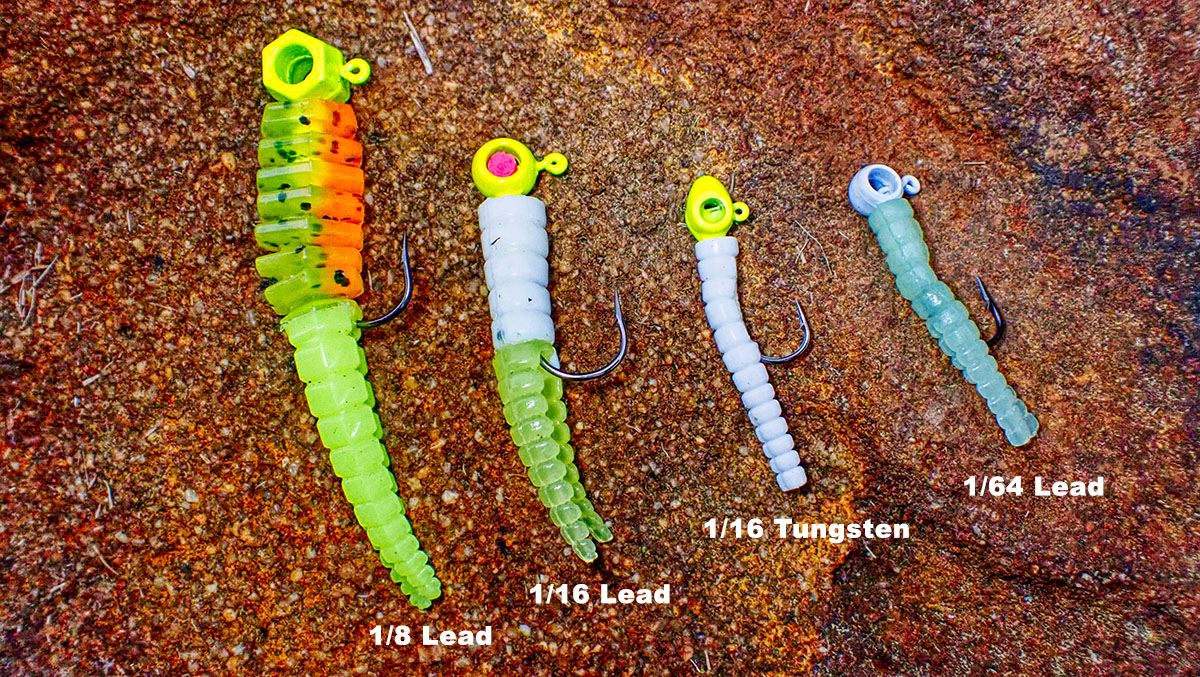
Tying it back to your fishing
Eyehole + scent holder.
The through-head hole lets anglers load a slab-bite or similar attractant for color contrast and long-lasting scent without cluttering the hook — a performance edge on tough bites.
Keeper design that saves plastics.
The improved keeper holds soft baits tight without tearing them up, so a single bait survives multiple fish. That helps offset some cost over time.
Right size, heavier weight.
A 1/16-ounce head in a 1/32-ounce or 1/64-ounce size profile gives true finesse profile with enough mass to punch to target depth and distance, even in the wind — exactly what your more finesse presentations lack most of the time. You can have the same small profile but with 2x or 4x the weight for better control, castability, depth and sensitivity all wrapped into one head.
Save your investment with a jig knocker
Tungsten isn’t cheap, so treat it like the tool it is. A Loc N’ Knoc (often called a jig knocker) clips to your line and slides down to knock a snagged jig free, letting you recover the lure instead of breaking off.
“I have a Loc N’ Knoc in my pocket every time I throw one of these tungsten jigs because I’m not losing one of my few samples I have because they are catching so many more fish for me right now in tough conditions and clear water.”
Bottom line
Lead is cheap because it melts low and casts easily into a mold.
Tungsten is pricey because it’s ultra-dense, hard/brittle, and must be pressed and sintered with specialized gear — more steps, more energy, tighter tolerances, and higher scrap/tooling risk.
If you fish clear, deep, windy, or highly pressured water — or you just want more feel while fishing— tungsten earns its keep. Save it with a jig knocker to keep you fishing without breaking the bank on replacements.
